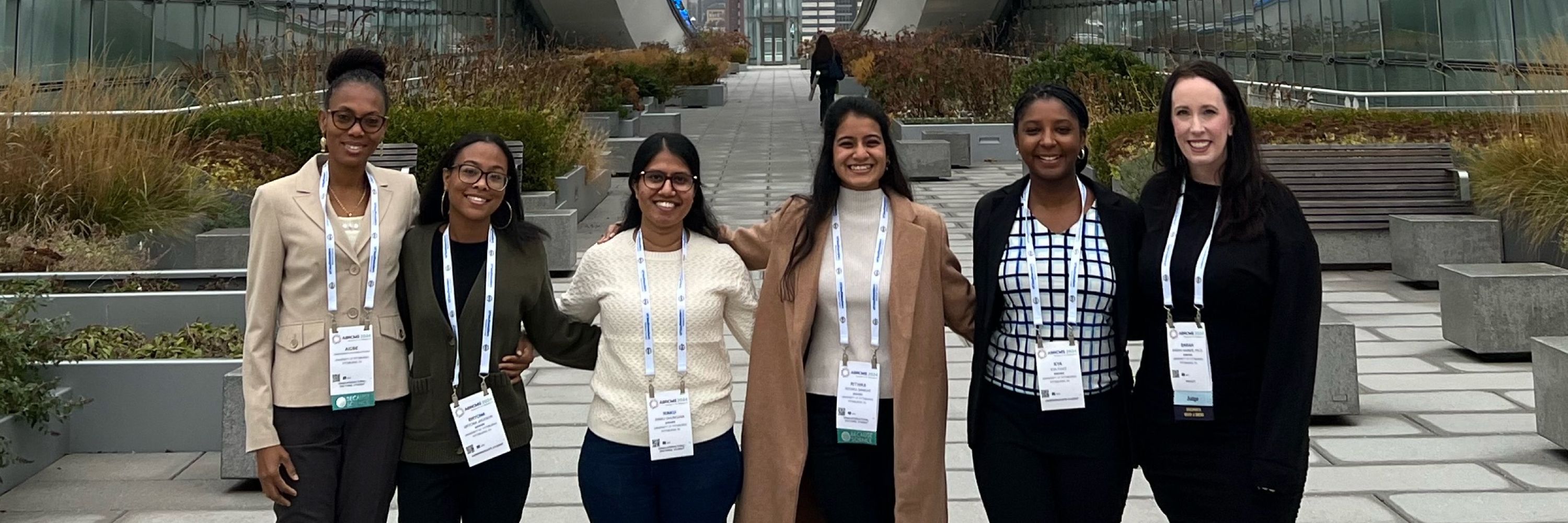Sarah Hainer
@hainerlab.bsky.social
860 followers
280 following
54 posts
Assistant Prof @PittBioSci studying transcription dynamics and chromatin biology | passionate about equity in STEM | she/her
Posts
Media
Videos
Starter Packs
Sarah Hainer
@hainerlab.bsky.social
· Aug 29
Reposted by Sarah Hainer
Sarah Hainer
@hainerlab.bsky.social
· Aug 28
Sarah Hainer
@hainerlab.bsky.social
· Aug 28
Sarah Hainer
@hainerlab.bsky.social
· Aug 28

A direct interaction between the Chd1 CHCT domain and Rtf1 controls Chd1 distribution and nucleosome positioning on active genes
Abstract. The nucleosome remodeler Chd1 is required for the re-establishment of nucleosome positioning in the wake of transcription elongation by RNA Polym
doi.org
Reposted by Sarah Hainer
Sarah Hainer
@hainerlab.bsky.social
· Aug 21
















